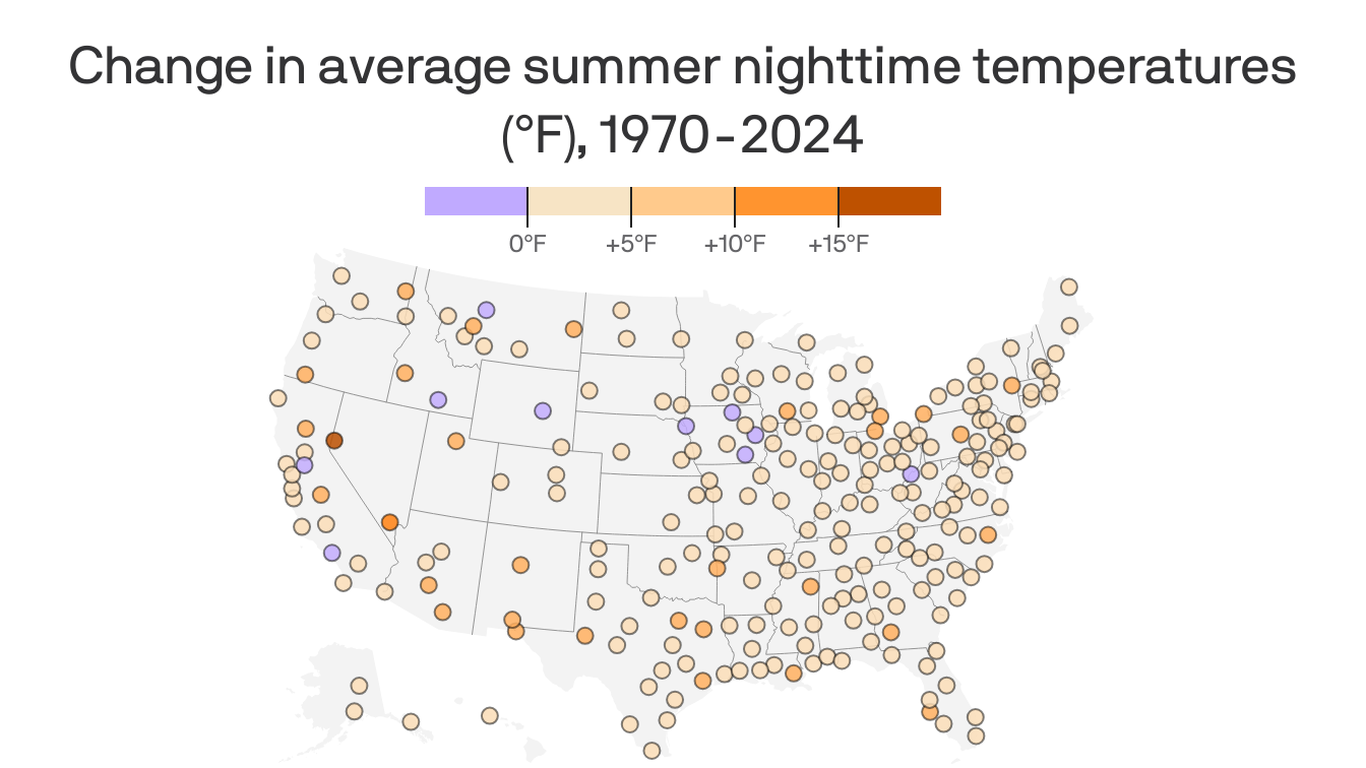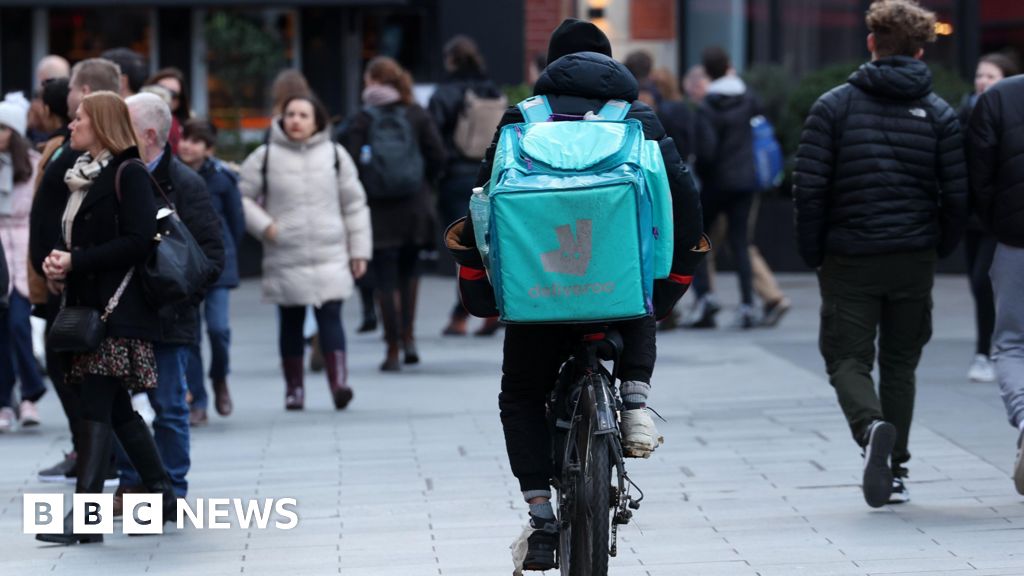This week's 112-degree heat index in Raleigh isn't random. Climate change now makes days like this five times more likely and summers 4.4 degrees hotter than in the 1970s.
Posted 6/25/2025, 8:48:46 AM

By Liz McLaughlin, WRAL climate change reporter
Solar-powered fans kept Sonya Lloyd shaded at Raleigh’s Chavis Park splash pad Tuesday, but the air still felt like 111 degrees.
“This one is a scorcher,” the 60-year-old grandmother said, clutching a quart of water and keeping watch over her pregnant daughter.
“We’re not trying to have a heat stroke,” she said.
The brutal afternoon marked a Climate Shift Index (CSI) level 5 for the Triangle, the maximum rating issued by research group Climate Central. A CSI-5 means human-caused warming made today’s temperature at least five times more likely than in a world without carbon pollution.
What’s super-charging the heat?
A sprawling “heat dome” that baked the Midwest over the weekend slid east, parking a bubble of high pressure over the Carolinas and trapping humid air near the surface. Similar domes have broken June records from Boston to Raleigh this week, part of a national pattern of record-setting warmth.
But the backdrop is a climate that’s already warmer. Summers in Raleigh-Durham are 4.4 degrees hotter than in the 1970s, with about 39 more above-average summer days each year, according to Climate Central.
That hotter starting point “is driving earlier, hotter summers and making dangerous heat extremes more frequent and more intense,” said Shel Winkley, a meteorologist on Climate Central’s climate-and-health team.
Urban “hot spots” in downtown Raleigh bake as much as 19 degrees warmer than shaded suburbs because pavement and rooftops trap daytime heat.
Health impacts so far
North Carolina’s early-season data show how quickly heat strains the health system:
- May 2025: 317 heat-related emergency-department (ED) visits statewide
- June 1–23, 2025: 681 ED visits — but no confirmed heat deaths yet, according to the N.C. Department of Health and Human Services.
“Extreme heat can be life-threatening,” said Nikhil Kothegal, Climate and Health team lead at DHHS. “Watch for heavy sweating, dizziness or confusion, and get into air-conditioning fast.”
Although no heat deaths have been confirmed in 2025, Kothegal cautioned that underlying heart or lung conditions can mask heat’s role in a fatality. He credits quicker alerts, expanded cooling-center hours and fan-distribution drives at farmworker clinics for keeping this year’s emergency room numbers below the decade-long average.
The same dome of high pressure baking daytime highs is holding in humidity after dark.
Warmer nights leave less time for the human body and strained air-conditioning units to cool down. DHHS uses a bilingual Heat Health Alert System to text county-level warnings when forecast thresholds are met.
Outdoor workers face longer exposure. DHHS urges water, shade and rest breaks every one to two hours and notes that migrant farm-workers receive bilingual cooling-kit hand-outs through regional clinics.
State officials warn that the heat dome will ease slightly by Friday, but highs in the mid-90s will linger.
“With summers already much hotter than a generation ago, days like this are no longer rare," Kothegal said. "They’re the new baseline, and we have to adapt.”
© 2025 Copyright Capitol Broadcasting Company









 English (US) ·
English (US) ·